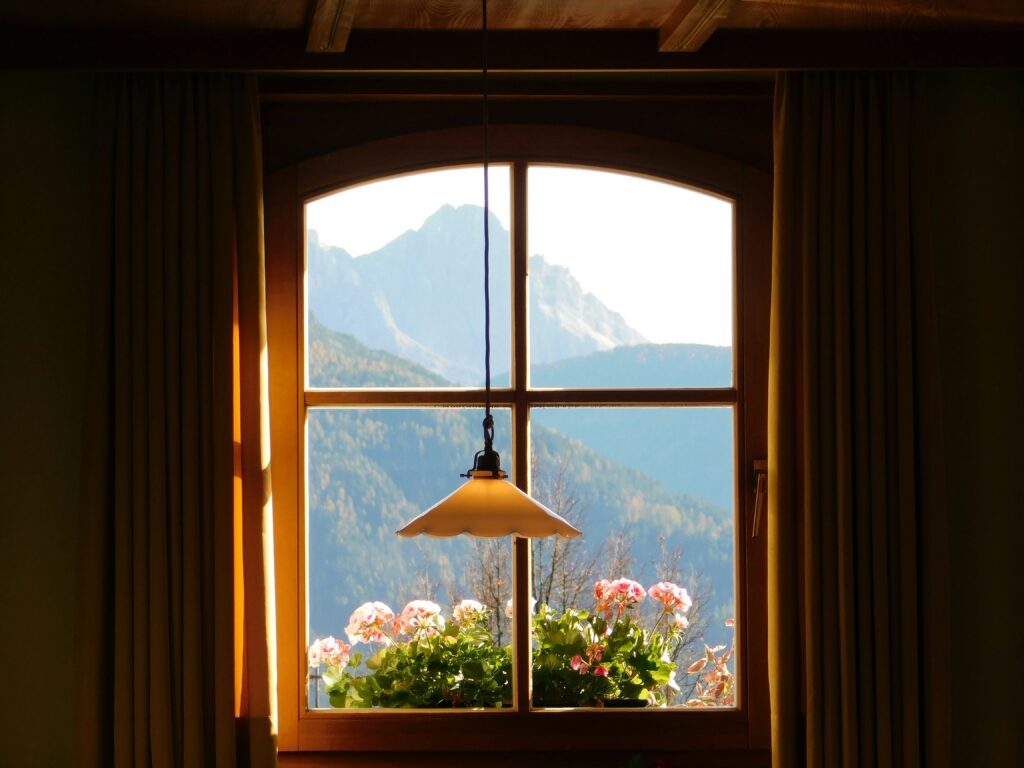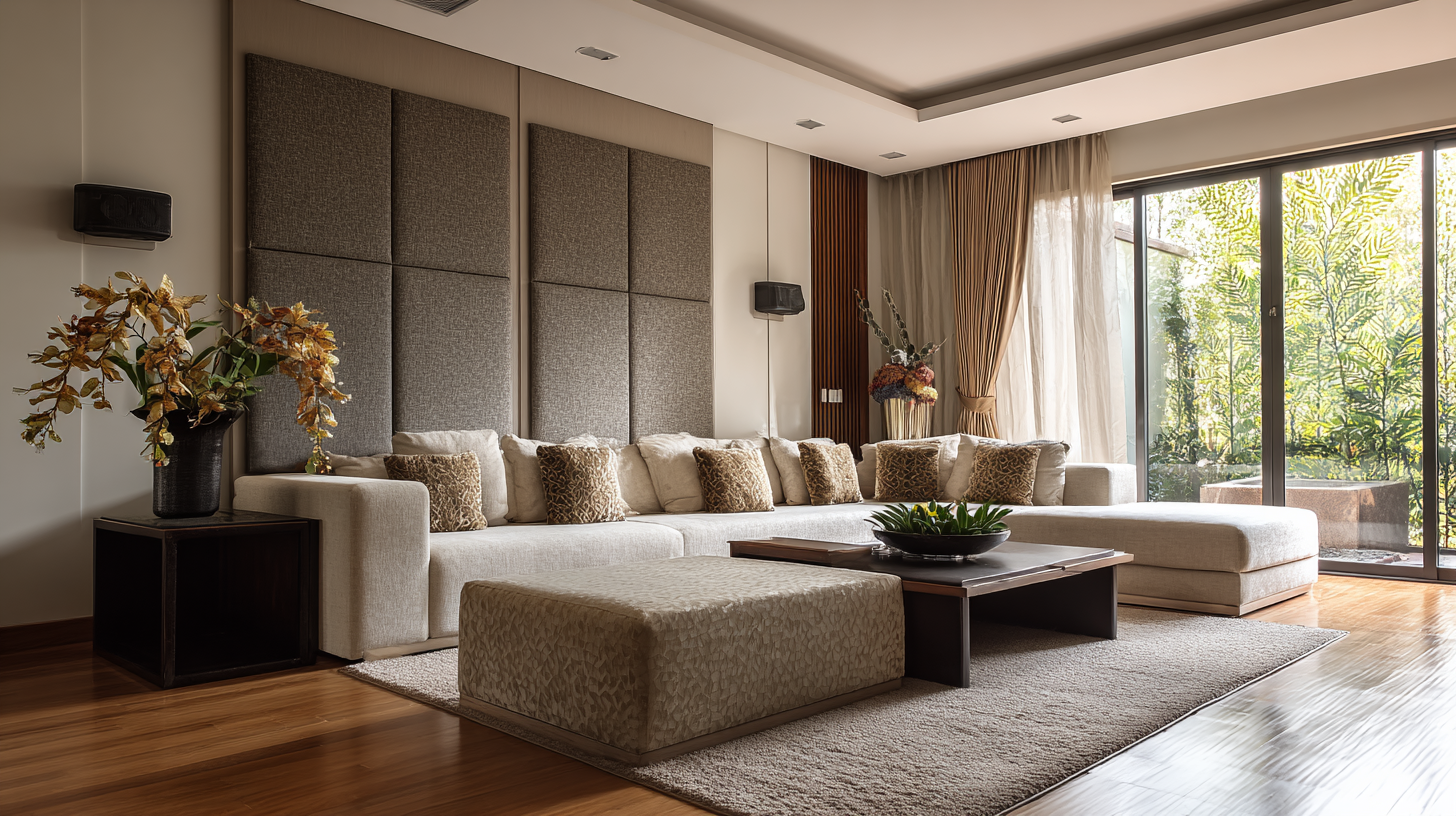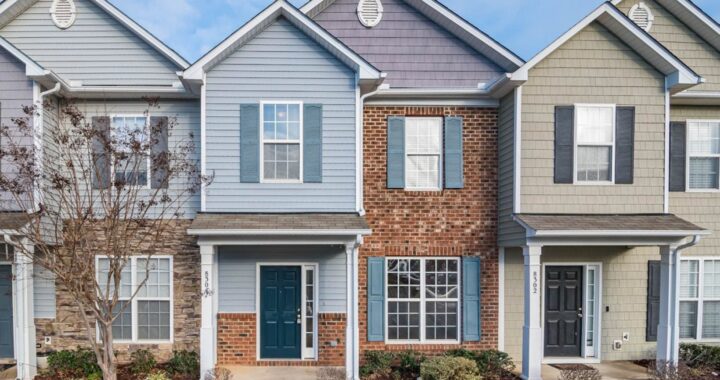How Classic Film Sets Influence Modern Home Renovations

Cinema has always been a powerful source of visual inspiration. From the polished glamour of Old Hollywood mansions to the gritty charm of urban apartments in noir classics, movie sets shape the way we think about interiors. They create entire worlds through lighting, color, and texture — worlds that often spill beyond the screen into real-life design trends. Today, more homeowners and interior designers are turning to the language of film to reimagine their living spaces. But bringing cinematic beauty into reality isn’t just about décor — it requires a deep understanding of structure, craftsmanship, and atmosphere.
The artistry that goes into set design mirrors the process of renovating a home: both involve creating a space that tells a story. And in cities like Toronto, where architectural diversity meets cinematic imagination, this connection between film and home design has never been stronger.
The Power of Cinematic Inspiration
There’s something undeniably enchanting about stepping into a room that feels straight out of a movie. Whether it’s the warm wood tones of The Godfather’s Corleone home or the Art Deco glamor of The Great Gatsby, film sets have always shaped the way we imagine ideal living spaces. Homeowners and designers alike are increasingly borrowing visual cues from classic cinema — transforming familiar domestic environments into cinematic masterpieces of design, lighting, and mood.
But before the visual magic can happen, every significant renovation begins with something less glamorous: structure. For example, homeowners embarking on movie-inspired remodels often need to address the strength of their existing properties — and that’s where services such as foundation repair Toronto play a crucial role. A stable base ensures that the dream design you’re envisioning — whether it’s a moody 1970s study or a sleek mid-century living room — stands strong for years to come. Just as a set designer builds upon sturdy scaffolding, the real-life homeowner must begin with solid ground.
Classic film interiors often feature exaggerated proportions, heavy architectural details, or intricate layouts that require careful adaptation in real homes. Without proper support, those dramatic crown moldings or suspended staircases that look so stunning on screen might not hold up in reality. That’s why movie-inspired renovations often begin with a blend of engineering foresight and creative vision — making sure beauty and stability walk hand in hand.
Laying the Groundwork for Cinematic Living
Much like a film production begins with set construction, real-life renovation projects must start below the surface. Before replicating the grandeur of an old Hollywood mansion or the charming asymmetry of a European townhouse, homeowners may discover that structural reinforcement is essential. That’s where Underpinning in Toronto becomes an invaluable part of the process, helping to stabilize or expand a home’s foundation to accommodate new layouts, additional rooms, or deeper basements designed to mimic cinematic spaces.
This foundational work allows designers to think creatively about how to bring film-inspired aesthetics to life. For instance, a reinforced basement can be transformed into a cozy home theater reminiscent of the private screening rooms seen in classic Hollywood films. A strengthened structure may allow for larger windows to capture natural light, echoing the romantic ambience of Roman Holiday or Breakfast at Tiffany’s. These technical processes, while invisible, form the backbone of every visually stunning design.
Just as production designers study scale, lighting, and proportion to create believable movie worlds, modern architects and interior designers apply the same principles to private homes. The result is a living environment that feels cinematic yet authentic — a space that blends fantasy and functionality.
The Enduring Appeal of Film Design
What makes classic film sets so enduringly influential? The answer lies in their emotional storytelling. Film interiors aren’t just decorative; they tell us who the characters are. The soft pastel palette of Amélie’s Montmartre apartment captures her whimsical spirit, while the stark, geometric interiors of 2001: A Space Odyssey evoke precision and futurism. When homeowners emulate these design cues, they’re not just decorating a space — they’re crafting a narrative about who they are and how they live.
From patterned wallpaper to period furniture, these cinematic details have found their way into contemporary design trends. Many Toronto homeowners, for example, are embracing retro lighting fixtures, bold color palettes, and handcrafted materials inspired by mid-century films. But the success of these transformations depends on more than aesthetics — it relies on structure, scale, and flow, just as on a film set.
From Screen to Reality
The process of translating cinematic design into everyday living spaces is both artistic and technical. It demands respect for both the fantasy of film and the practicalities of architecture. Designers working on film-inspired renovations often consult with structural specialists to ensure their creative ambitions don’t compromise safety or functionality. This collaboration mirrors the teamwork on a film set, where directors, art departments, and builders work hand in hand to create a seamless illusion.
A well-designed home, much like a well-designed set, tells a story. Every piece of furniture, every line of molding, every choice of light serves a purpose — to evoke emotion, nostalgia, or beauty. With a strong foundation and a nod to cinematic history, modern renovations become more than just construction projects; they become works of storytelling artistry.
Final Take
Classic film sets remind us that design is about more than furniture or color — it’s about emotion and atmosphere. They encourage homeowners to think beyond trends and instead design with narrative and character. But just as a film’s magic relies on solid set construction, every real-life renovation depends on the unseen craftsmanship that supports it. From essential groundwork like foundation repair to structural improvements such as underpinning, these elements make cinematic dreams possible in the real world.
So the next time you admire a perfectly composed movie interior, remember: every great story —and every great home —begins with a solid foundation.


 Solar Generator for Home Backup: Discover the Most Options for Off-Grid Living
Solar Generator for Home Backup: Discover the Most Options for Off-Grid Living  How to Choose Between Vinyl and Fiber Cement Siding
How to Choose Between Vinyl and Fiber Cement Siding  How Florida Contractors Can Protect Their Business From Subcontractor Accidents
How Florida Contractors Can Protect Their Business From Subcontractor Accidents